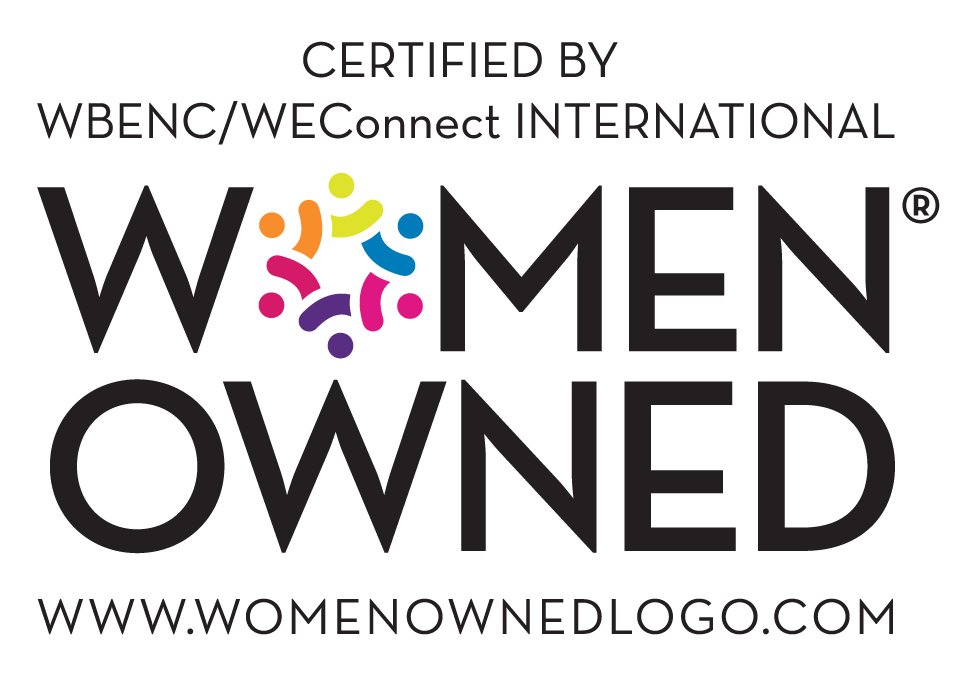Serving on a nonprofit board is a job for which one does not get paid. Saying it’s volunteer work seems to fall just shy of the level of responsibility placed on board members. The newer the nonprofit, the greater the time requirement. The same is true for organizations in transition regardless of the reason.
The list of 19 questions on the BoardSource Checklist of Board Roles and Responsibilities is just the beginning. It lists the collective responsibilities but only a few of the individual ones, which should be found in the expectations document you received from the board member who recruited you.
Didn’t get one? Not being held accountable to it? Want to know why?
Effective governance requires having a group of people on the board with a good balance of emotional intelligence and commitment to accountability. Finding that combination is much harder than finding a Treasurer or Finance Chair who knows how to read financial statements. Having an effective governance committee or a clearly delineated set of governance tasks on an executive committee is how a board learns, grows, and lives up to its commitments.
BoardSource lists these responsibilities of a governance committee:
- Track board skill sets and develop a “Dream Team” board profile.
- Conduct a board self-assessment and address the issues surfaced through board development. (I recommend collective and individual assessments annually.)
- Identify and develop potential board members.
- Monitor board meetings to ensure the board is governing and NOT managing.
- Enforce term limits.
- Track board member performance.
- Organize social time.
- Orient new members.
- Monitor board diversity and inclusiveness.
- Manage continuing education.
Who on your board is making sure these things happen? Who on your board even understands what these things look like?
In an ideal situation, the CEO or ED has a stellar Executive Assistant who also supports the Board Chair and the Governance Chair. In reality, a Governance Chair is more likely to rely on herself and her committee members to manage the occasional data collection and analysis as well as the difficult accountability conversations needed to keep a board healthy.
In my experience as a Board Chair, this responsibility has been mine, and it has been exceedingly difficult to manage. In fact, in what I consider my most successful Board Chair role, I did not manage to launch a governance committee or systematize accountability practices before I rolled off. I made up for that using directness and compassion, and establishing a culture of shared accountability. But I can certainly point out the ways that my job was made more difficult by not putting these other practices in place.
As a startup board chair and a turnaround chair, the pathway to good governance practice has also been a challenge, but I have managed to fold in practices slowly. By the time I roll off my current boards—barring any unforeseen shortening of my tenure—each organization will be able to check off the list of effective governance practices annually—including the ever-elusive board recruitment cycle.
Here are 5 steps to get started:
- Commit the necessary time. Being on a board requires at least 10-15 hours per month. If you are an officer or committee chair, you must expect to spend more than 15 hours per month on the job. If you cannot commit that time, reconsider whether you are available for board service.
- Accept this will not be easy. Anyone who boasts of managing nonprofit governance with ease is either lying or delusional. Any job that requires knowledge, skill, and emotional work is difficult. Doing it for free is a spiritual sacrifice.
- Make a governance calendar. Instead of working from a checklist, put the governance practices on a calendar and assign them to a person. If you don’t have a governance committee, form one or assign the tasks to the executive committee.
- Do your homework. There are several free resources online to help you understand what all these practices are and how to start them. BoardSource is a good place to start.
- Get some help. Many communities have management support organizations that offer sliding scale training for nonprofits. You can find a directory at the National Council of Nonprofits. We can also help. Contact us to find out how.



